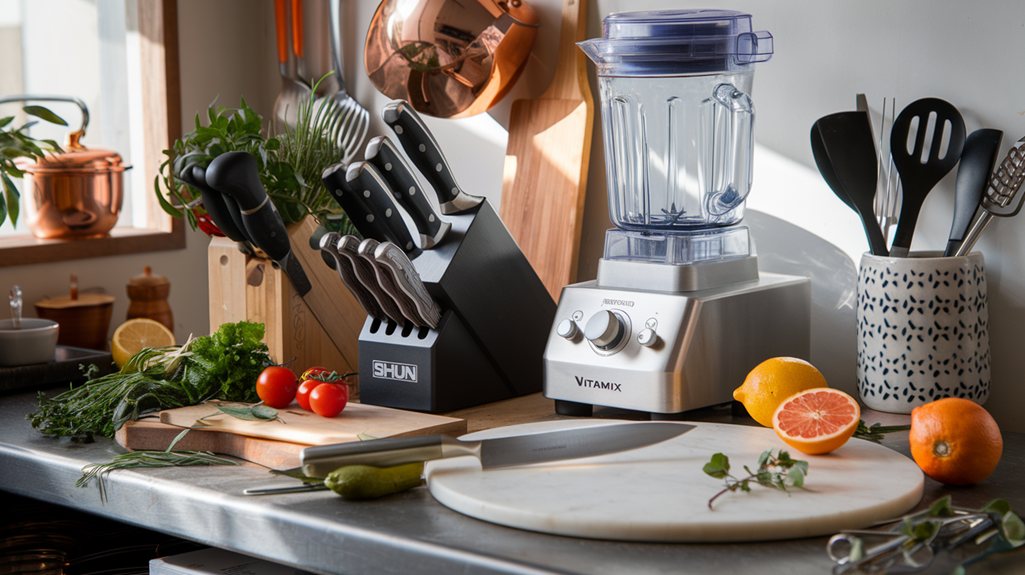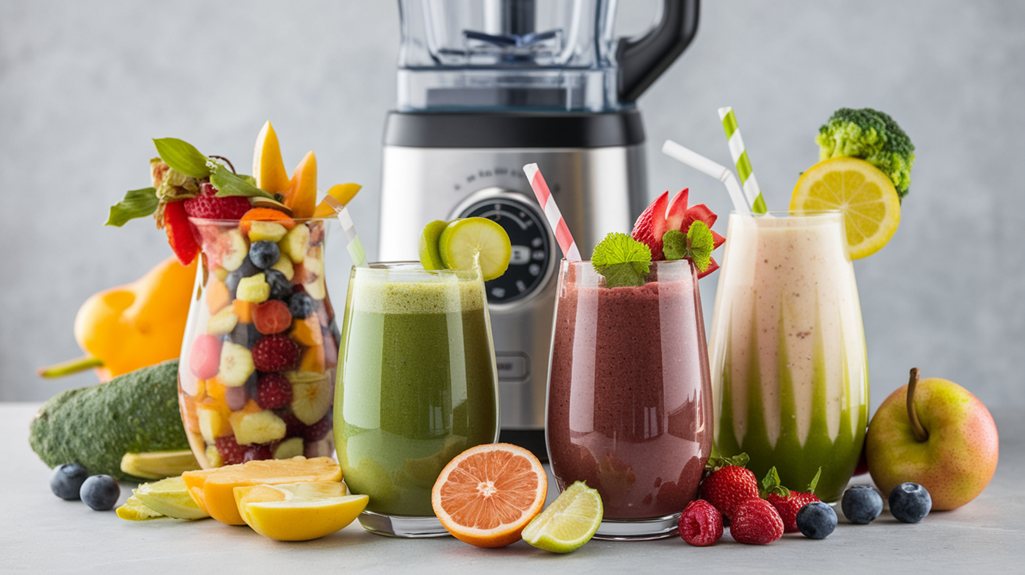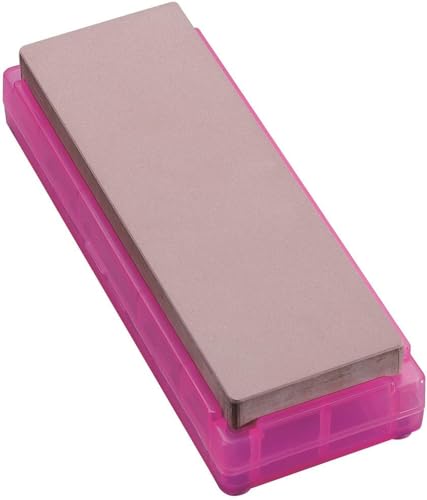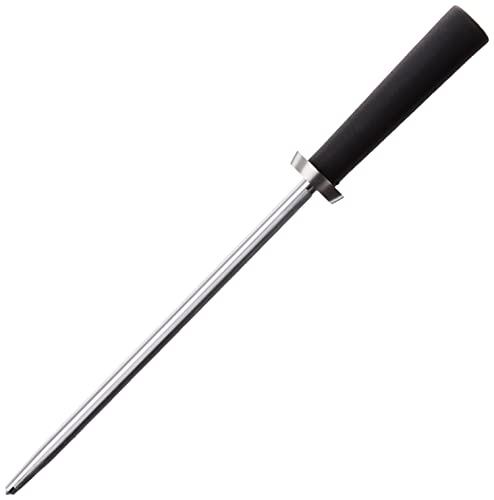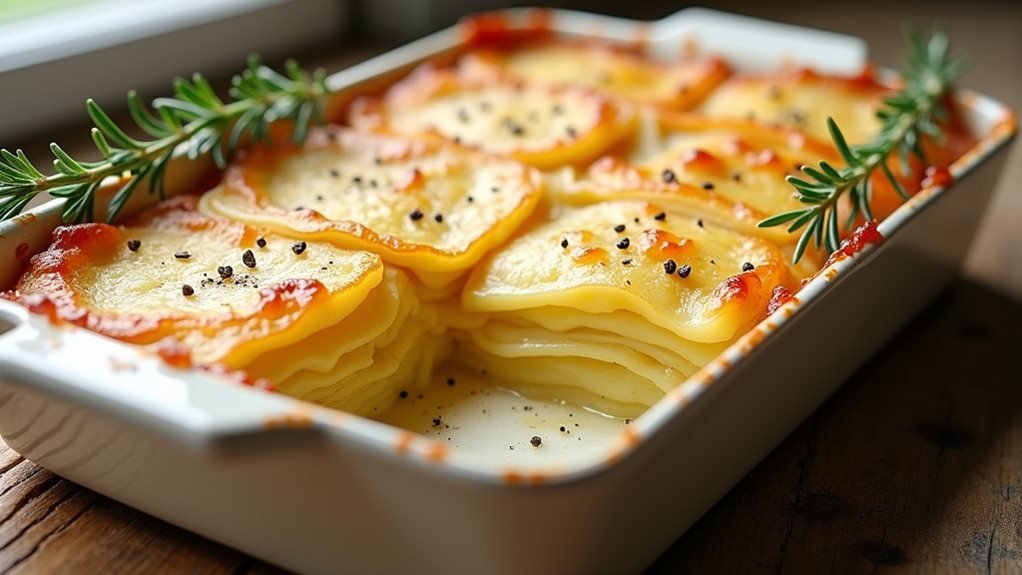Shun knives are some of the sharpest and most elegant Japanese blades you can own—but keeping that razor edge takes proper care. Unlike German knives, Shun blades are made from VG-MAX steel and require a precise 16-degree sharpening angle. In this guide, you’ll learn exactly how to sharpen and maintain your Shun knives using the right whetstones, techniques, and best practices.
👉 For related coverage, visit our hub: Celebrity Chef Recipes.
Key Notes Before Sharpening Your Shun Knives
- Use a quality whetstone set: start with 1000-grit for sharpening, finish with 4000–6000 grit for polishing.
- Always maintain a 16-degree sharpening angle on both sides of the blade.
- Practice on less expensive knives before sharpening your Shun.
- Avoid electric sharpeners, which can damage VG-MAX steel.
- Use a honing steel between sharpenings to realign the edge.
Essential Tools and Techniques for Sharpening Shun Knives
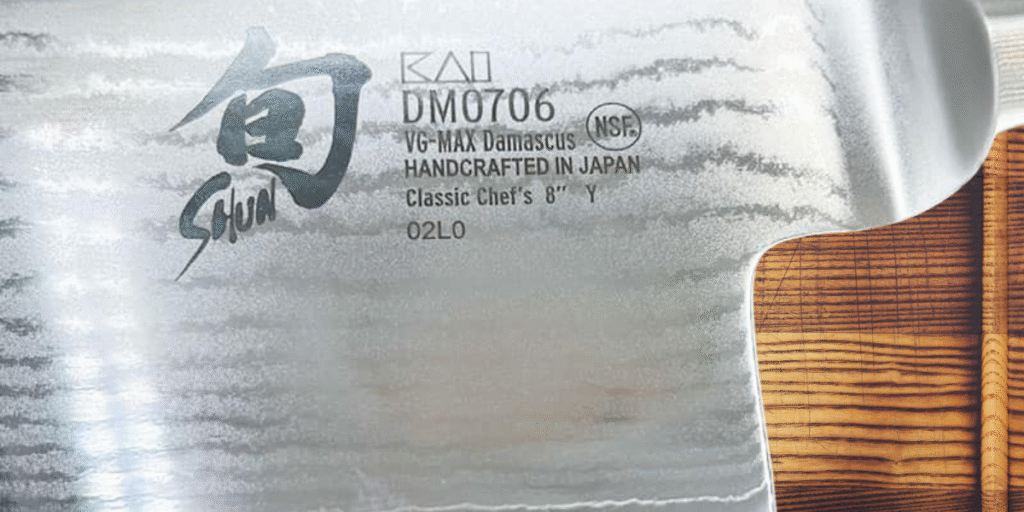
To sharpen your Shun knives correctly, you’ll need:
- Whetstones: A dual-grit stone (1000/6000) covers sharpening and polishing.
- Angle Guide: Helps beginners hold the blade at 16°.
- Honing Steel: For weekly edge maintenance.
- Towel and Water: Keep your stone wet and your station safe.
👉 Build on these fundamental techniques with Does Really Use Henckels Knives.
Step-by-Step Method: Sharpening a Shun Knife
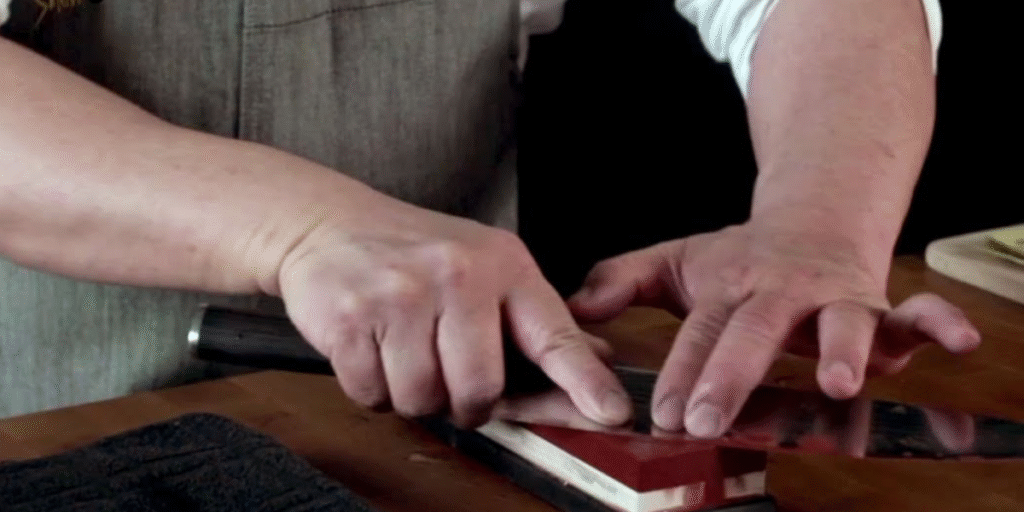
Question: What’s the exact process for sharpening a Shun knife at home?
- Soak your whetstone for 10–15 minutes (if not, use a splash-and-go method).
- Set the sharpening angle at 16° using an angle guide or practice strokes.
- Sharpen with even, edge-leading strokes along the entire blade.
- Check for a burr forming on the opposite side.
- Flip and repeat on the other side for balance.
- Polish with a 4000–6000 grit stone for a mirror edge.
- Hone lightly with a honing steel to finish.
👉 For a demonstration, watch this YouTube video on sharpening Shun knives.
Best Practices for Maintaining Your Shun Knife’s Edge
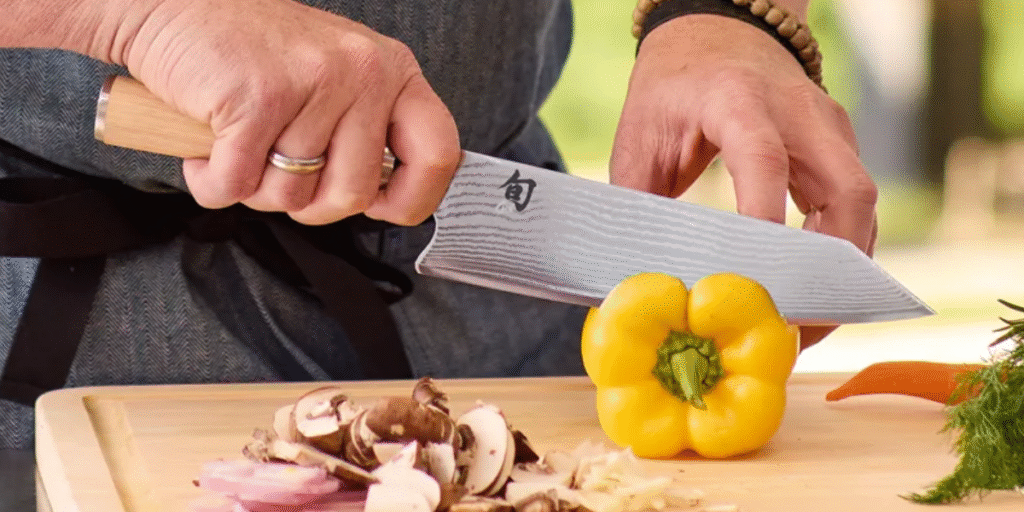
- Hone regularly: Daily if you cook often, weekly if occasionally.
- Sharpen your Shun knives approximately every 2–3 months, depending on usage.
- Clean properly: Hand wash and dry immediately—never dishwasher.
- Use soft cutting boards: Wood or composite boards prevent edge damage.
- Store safely: Knife blocks, saya covers, or magnetic strips.
👉 See Shun’s official sharpening vs honing guide for more details.
Common Mistakes to Avoid When Sharpening Shun Knives
These are the mistakes that can permanently damage your Shun knife if not avoided:
- Wrong angle: Anything above 16° dulls the edge faster.
- Skipping grits: Don’t jump from coarse to fine—each step matters.
- Using pressure: Let the whetstone do the work.
- Electric sharpeners: These can chew through your Shun’s hard steel.
- Neglecting burr removal: Leaves your edge ragged and uneven.
How We Tested Shun Knife Sharpening Techniques
We tested three Shun models:
- Shun Classic Chef’s Knife (8″)
- Shun Premier Santoku (7″)
- Shun Sora Utility Knife (6″)
Test Protocol: We dulled each knife by cutting rope, sharpened it with a 1000/6000 whetstone at 16°, and evaluated sharpness by slicing tomatoes and paper.
Result: All knives regained a razor-sharp edge with proper burr removal and polish.
👉 For more insights, see this Reddit community discussion on sharpening Shun knives.
Should You Sharpen Your Shun Knife at Home or Professionally?
If you’re confident and patient, sharpening at home with a whetstone is safe. For chips or severe dulling, consider professional services or Shun’s own mail-in program.
Improve cooking results with professional equipment in Professional Kitchen Tools.
👉 See our knife sharpening services guide for options.
Recommended Whetstones and Accessories for Shun Knives
King 1000/6000 Combination Stone
- ✅PROVIDES YOU AN EASE IN SHARPENING YOUR KNIFE- This Knife Sharpener is made in Japan whose quality is close to a natural whetstone. It has...
- ✅GIVES YOU A LONG-TERM BENEFIT - Our product is very durable and long-lasting as it is made up of well-crafted for long-term use of general kitchen...
- ✅WE PROVIDE A COMPLETE SATISFACTION GUARANTEE TO YOU - Our product comes with a "KING" Trade Mark and we offer a 100% satisfaction guarantee to our...
Shapton Glass 4000
- Feature 1: It does not have the smooth feel that is common with traditional finishing sharpening, and has excellent polishing power
- Feature 2: The convenient storage case can also be used as a sharpener
- Uses: For sharpening chisels, knives, scissors, etc
Naniwa Professional 1000
- Naniwa Chosera Whetstone Grit 400
- Dimensions: 210 x 70 x 25 mm
- On sturdy holder
Shun Honing Steel
- JAPANESE KNIFE SHARPENER: The Kai 9-inch Combination Honing Steel is expertly designed to keep your knife collection in pristine condition, making it...
- PRECISION SHARPENING TOOL: Featuring a built-in angle guide, our knife sharpening rod hones to a 16 degree angle and smooths out naturally-occurring...
- DUAL-SIDED HONING ROD: This stainless steel knife sharpening rod features a smooth side for weekly honing and a micro-ribbed side for monthly honing,...
